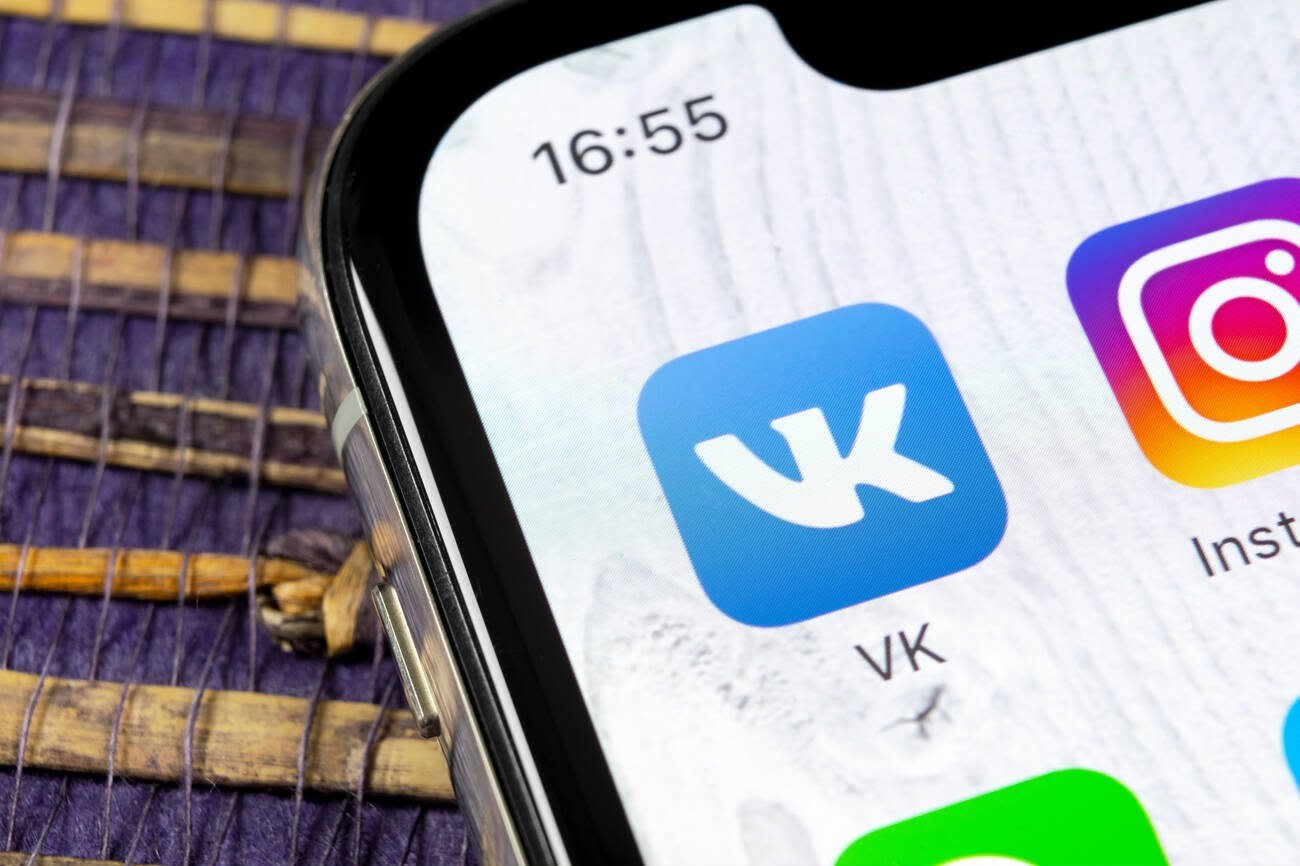Twitter is a social networking site that has permeated every aspect of our everyday existence. It has completely changed the way we communicate with one another, with over 300 million active users globally. But from whence did Twitter originate? A look at Twitter’s past is in order.

History
When employed by the podcasting business Odeo in 2006, Jack Dorsey had the concept for Twitter. Similar to how instant messaging functions, Dorsey was interested in developing a mechanism to allow individuals to communicate brief messages with one another. He started developing a prototype that he termed “twttr” (without the vowels).
Dorsey’s original plan was to develop a messaging system that would let users send and receive 140-character messages. This was partially motivated by SMS messaging’s restrictions, which included a 160-character limit. A few months were spent by Dorsey and his team developing the platform and honing the idea.
“Just putting up my twttr,” wrote Dorsey in the first tweet ever sent on March 21, 2006. The tweet was intended for a select group of coworkers, but it rapidly attracted the interest of those outside the organization. The team worked to polish the platform and develop new features over the following few months.
Twitter was formally introduced to the public in July 2006. The website immediately became well-liked, and many users began utilizing it to post news, commentary, and updates about their daily lives. Using Twitter to disseminate information and organize relief activities during the 2007 earthquake in San Francisco is one of the early instances of the social media platform being used for breaking news.
As Twitter gained prominence, investors and tech firms started to take notice of it. The business obtained its first significant investment from a venture capital firm in 2008, and by the end of the year, it had a $95 million valuation. Twitter kept expanding and growing over the following few years, introducing fresh functions like hashtags, retweets, and embedded media.
Elon Takeover

Elon Musk purchased Twitter for $44 billion in October 2022 with the intention of making significant platform improvements, including a laxer approach to content moderation and cost reductions. Along with firing the top three Twitter executives right away, Musk also let go of approximately half of the company’s workforce. Musk redesigned Twitter Blue, raised its cost to $8 per month, and added new features a week after the takeover.
Getting Started on Twitter
To use Twitter, you must first establish an account. You’ll need to provide your name, email address, and username in order to do this. People will use your username to find you on Twitter, so pick something memorable and representative of your company. In order to give your account a distinctive style and feel, you can also change your profile photo, header image, and bio.
After creating your account, you may begin browsing the platform and following other individuals. Tweets, which are brief communications that can include text, graphics, and links, are the foundation of Twitter. You can tweet your own messages, retweet articles you find interesting or instructive, and respond to other user’s tweets.
Building Your Brand on Twitter
Twitter is a fantastic medium for developing your brand and positioning yourself as an industry thought leader. To do this, you must develop a content strategy that is centered on giving your audience value. This can involve communicating with other users and providing information about the sector.
On Twitter, hashtags are crucial for establishing your brand. Keywords or phrases that begin with the # symbol are known as hashtags. Users are directed to a page containing all of the tweets with a certain hashtag when they click on it. You may boost the exposure of your material and reach a larger audience by including pertinent hashtags in your tweets.
Engaging with Your Audience on Twitter
Building a significant presence on Twitter requires engagement. This includes retweeting intriguing content, engaging in Twitter discussions, and responding to other users’ tweets. You may create connections with your audience and establish yourself as a reliable source of information by engaging with them.
Also, Twitter provides a variety of advertising choices that can assist you in expanding your audience. You can use Twitter’s analytics tools to monitor the success of your campaigns, advertise on Twitter, and promote your tweets.
Conclusion
Twitter is an effective tool for networking, establishing an online presence, and keeping up with the newest events and fashions. You may position yourself as a thought leader in your field and develop a sizable following on the platform by using the advice and techniques provided in this manual. So why are you still waiting? Start tweeting right away to learn how Twitter can assist you in reaching your objectives. With its continued growth and evolution, it will be interesting to see what the future holds for this iconic platform.






